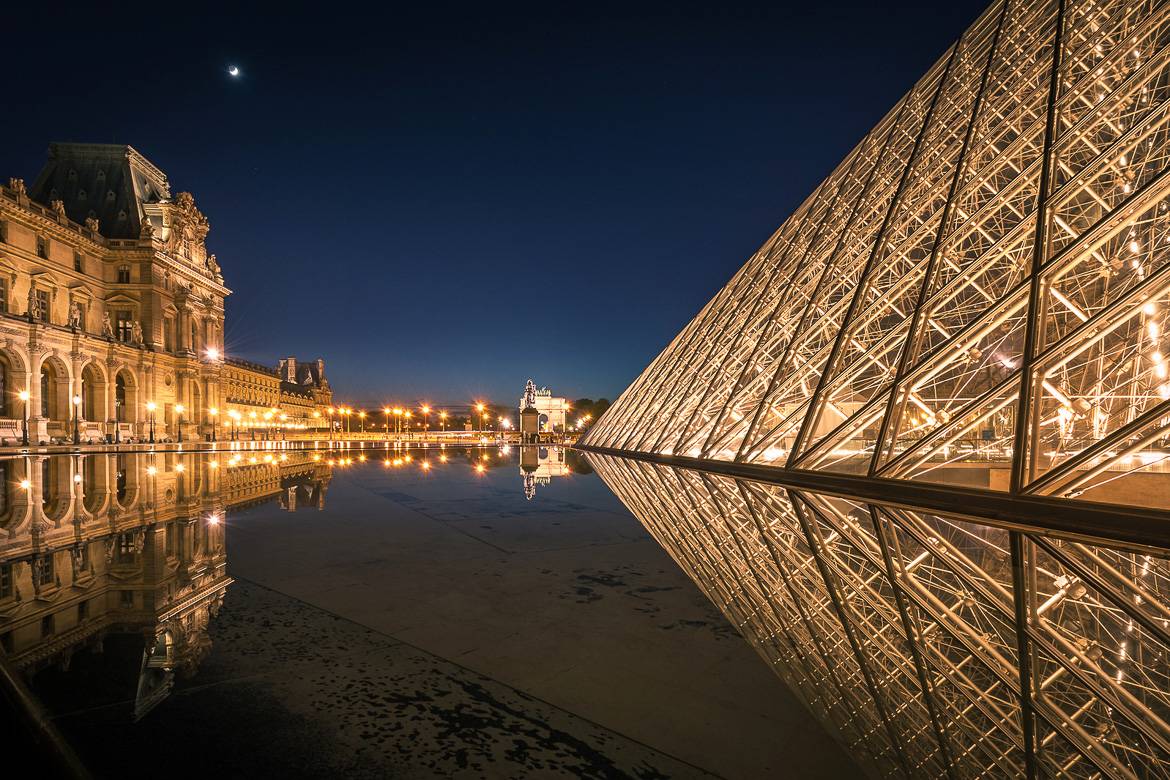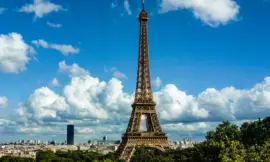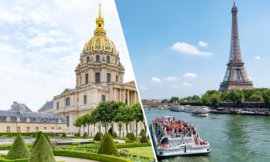Table of Contents
There’s nothing wrong with the Louvre. It’s arguably the greatest art museum in the world, and millions of annual visitors agree. But the Louvre is always crowded, and the lines are notoriously long. The best way to enjoy it is to plan your visit carefully and decide in advance what you want to see. That way, once you’re inside, you can explore at your own pace without getting overwhelmed.
Life After the Louvre
But once you’ve experienced the Louvre, where should you go next? Fortunately, Paris is filled with over one hundred other museums — and none of them reach the same overwhelming crowds. To help you narrow it down, here’s a curated list of twelve Paris museums worth visiting again and again. And except for perhaps Musée d’Orsay, you won’t have to wait very long to get inside.
1. For Impressionist Lovers: Musée d’Orsay
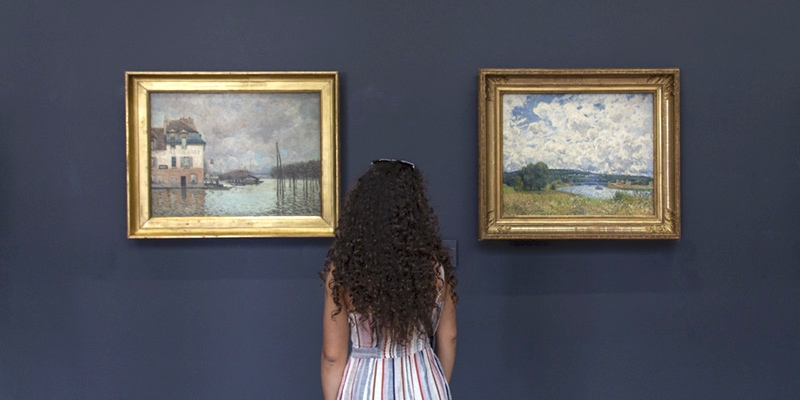
Let’s start with the one museum on this list that may still have long ticket lines — the Impressionist haven, Musée d’Orsay. This former 1900 train station has been transformed into the world’s most important museum for Impressionist and Post-Impressionist art. Even with the crowds, it’s absolutely worth it for the masterpieces inside.
To minimize waiting time, buy your tickets in advance or join a guided tour for fast-track entry. Once inside, you’ll be able to enjoy works by Monet, Renoir, Degas, Van Gogh, and countless others in one of the most beautiful museum settings in the world.
2. Focus on Claude Monet: Musée Marmottan Monet
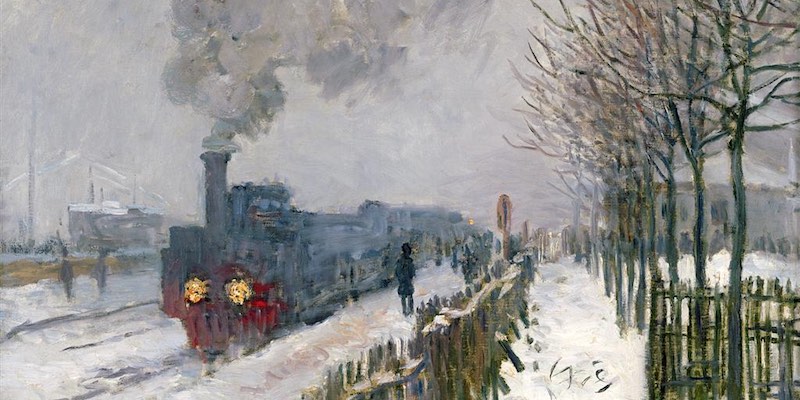
For an intimate experience with Monet’s genius, there’s no better place than the Musée Marmottan Monet. Tucked away in a quiet residential neighborhood, this museum houses the world’s largest collection of the artist’s works, including his groundbreaking Impression, Sunrise — the painting that gave Impressionism its name.
The collection spans Monet’s entire career, from early landscapes to his later water lilies. Walking through the galleries, you can trace the evolution of his style and see how his brushwork transformed over time. The museum also features works by other Impressionists, making it a hidden treasure for art lovers.
Because of its off-the-beaten-path location, the Marmottan Monet is rarely as crowded as the Musée d’Orsay or the Louvre. It’s an ideal place to slow down and savor Impressionism without the rush. For practical info on visiting, see the official museum website.
3. Monet’s Water Lilies: Musée de l’Orangerie
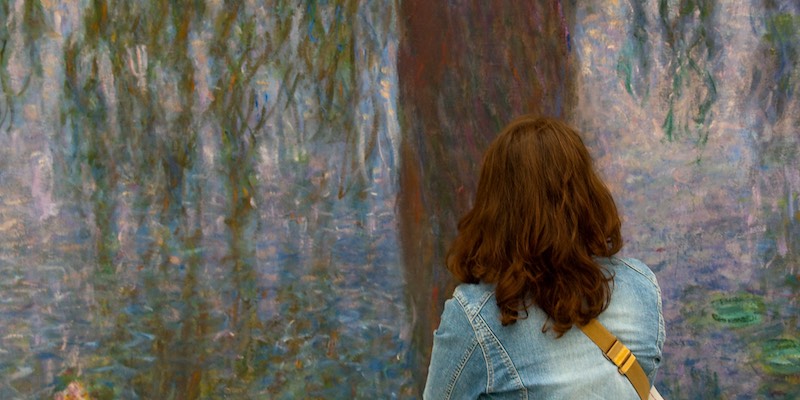
If you want to be surrounded by Monet’s art, there’s no better place than the Musée de l’Orangerie in the Tuileries Gardens. Here you’ll find his monumental Water Lilies murals, displayed in two oval-shaped rooms designed with natural light to create an almost meditative atmosphere.
The sheer size of these canvases immerses you in Monet’s vision — a panoramic world of shimmering colors and reflections that feels alive. It’s one of Paris’s most unique art experiences and a must-see for any fan of Impressionism.
Beyond Monet, the Orangerie also features the Jean Walter and Paul Guillaume collection, with masterpieces by Cézanne, Renoir, Matisse, Picasso, and Modigliani. It’s a compact but rich museum that complements a visit to the nearby Louvre or Musée d’Orsay.
For updated visiting information, check the official Orangerie Museum website.
4. The Thinker & The Kiss: Musée Rodin
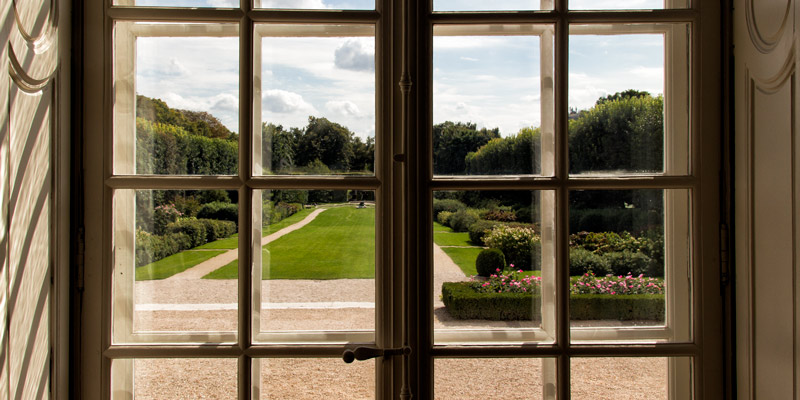
Dedicated to Auguste Rodin, this museum is housed in the Hôtel Biron, a beautiful 18th-century mansion with sprawling sculpture gardens. It’s here you’ll find Rodin’s most famous works — The Thinker, The Kiss, and The Gates of Hell — displayed in a setting that feels intimate and personal.
The gardens are especially enchanting, with sculptures tucked among rose bushes, tree-lined paths, and fountains. It’s one of Paris’s most romantic museum experiences, blending art and nature seamlessly.
The museum also features works by Camille Claudel, Rodin’s student and muse, whose artistry deserves equal recognition. Together, their sculptures tell a story of passion, genius, and human emotion captured in bronze and marble.
For tickets and visiting info, see the official Musée Rodin website.
5. Modern Icons: Centre Pompidou
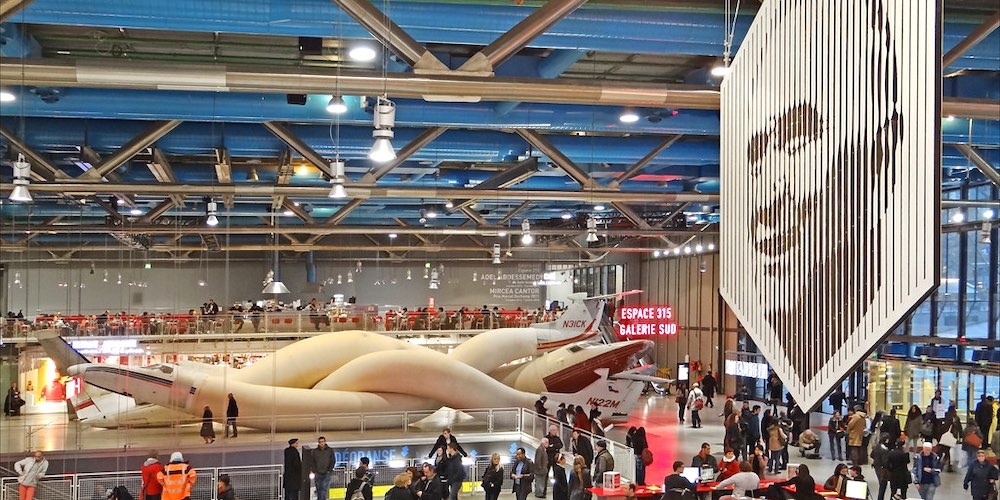
You can’t miss the Pompidou Center, literally. Its radical inside-out design, with brightly colored pipes and exposed escalators, makes it one of Paris’s most distinctive landmarks. Inside, you’ll find Europe’s largest collection of modern and contemporary art.
The collection spans from early 20th-century pioneers like Picasso, Kandinsky, and Matisse to contemporary artists pushing boundaries today. Temporary exhibitions are often world-class, making each visit a new experience.
Even if modern art isn’t your passion, the rooftop terrace offers some of the best panoramic views in Paris. Come for the art, stay for the skyline.
More details available on the official Pompidou website.
6. Medieval Paris: Musée de Cluny
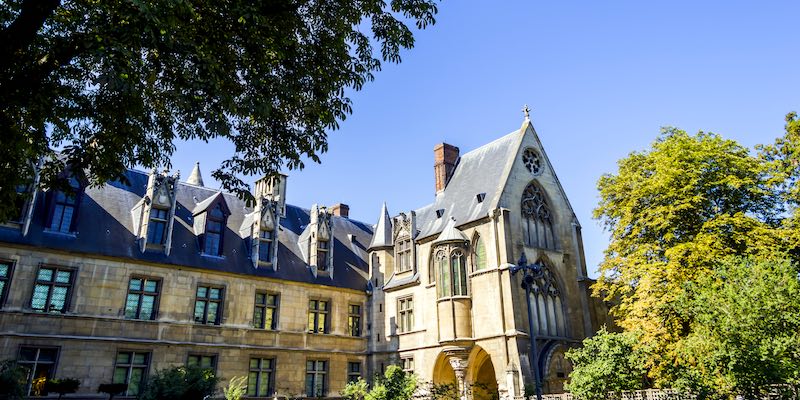
If medieval art and history intrigue you, the Musée de Cluny — also called the National Museum of the Middle Ages — is a must. Its crown jewel is the stunning Lady and the Unicorn tapestry cycle, often considered the Mona Lisa of woven art.
The museum is housed in a 15th-century mansion built over the remains of ancient Roman baths, which are still visible today. Its collections include illuminated manuscripts, stained glass, ivory carvings, and religious relics that transport you back in time.
Recently renovated, the museum now offers a more accessible and modern display of its treasures while preserving its Gothic charm.
Check the official Musée de Cluny website for visitor info.
7. French Masters: Musée de l’Orangerie & Jeu de Paume Combo
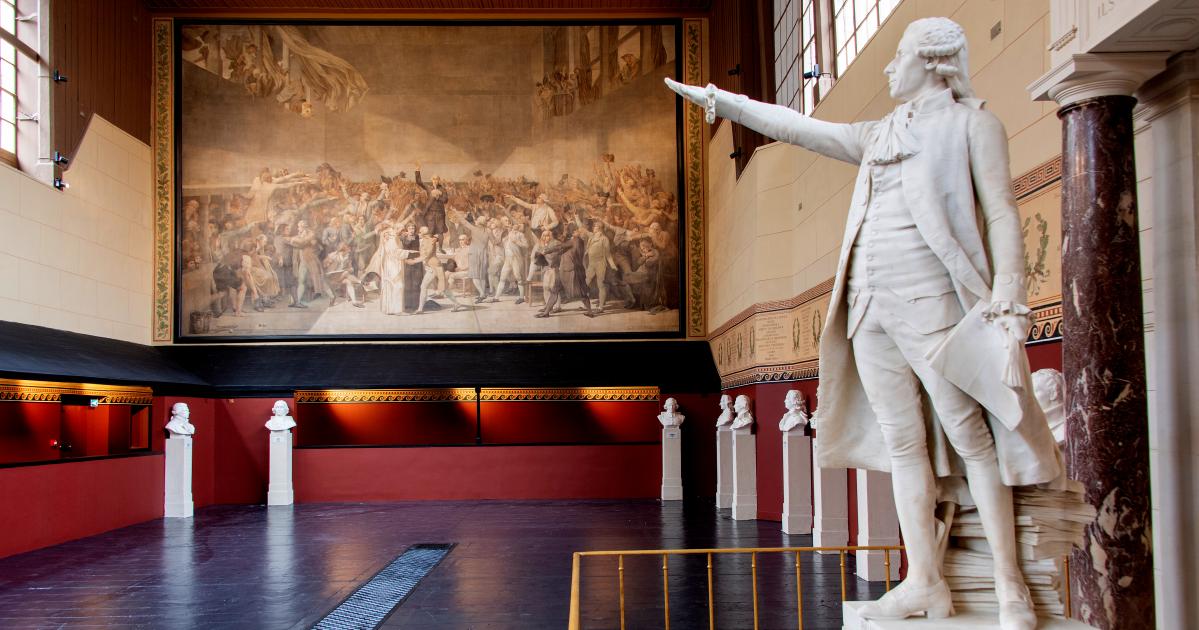
Right next to the Orangerie, the Jeu de Paume complements Paris’s art scene with exhibitions dedicated to photography and contemporary media. While smaller, it often hosts cutting-edge shows that challenge perspectives and spotlight influential photographers.
Together, the Orangerie and Jeu de Paume make an excellent double-stop for art lovers looking to explore both Impressionist roots and modern visual culture in a single afternoon.
Visit the official Jeu de Paume website for current exhibitions.
8. The Master of Modernism: Musée Picasso
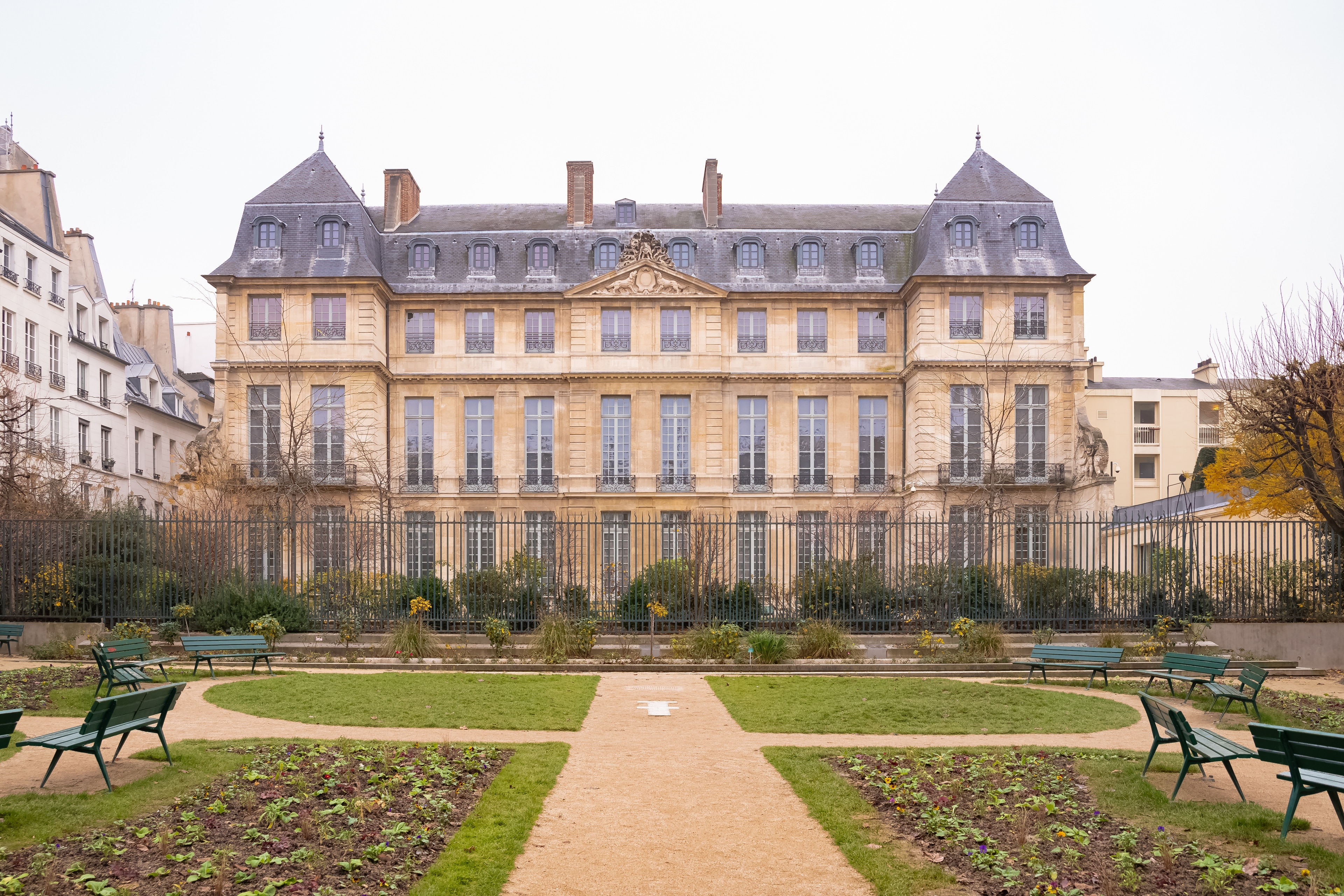
Housed in a 17th-century mansion in the Marais, the Musée Picasso contains one of the world’s largest collections of the artist’s works. Paintings, drawings, sculptures, and ceramics offer a fascinating look into the genius of Pablo Picasso across all stages of his career.
The museum also showcases Picasso’s personal archives, including photographs, letters, and sketches, offering an intimate portrait of the man behind the myth. Rotating exhibitions often highlight connections with other artists and movements.
See the official Picasso Museum website for current shows.
9. Free Art in a Palace: Petit Palais

The Petit Palais, built for the 1900 World’s Fair, now serves as the Museum of Fine Arts of the City of Paris. And the best part? Permanent exhibitions are free of charge.
Inside, you’ll find an impressive collection spanning from antiquity to the early 20th century, including works by Courbet, Delacroix, and Monet. The building itself is a gem, with a luminous interior courtyard garden perfect for a relaxing pause.
Check updates on the official Petit Palais website.
10. Cultures of the World: Musée du Quai Branly – Jacques Chirac
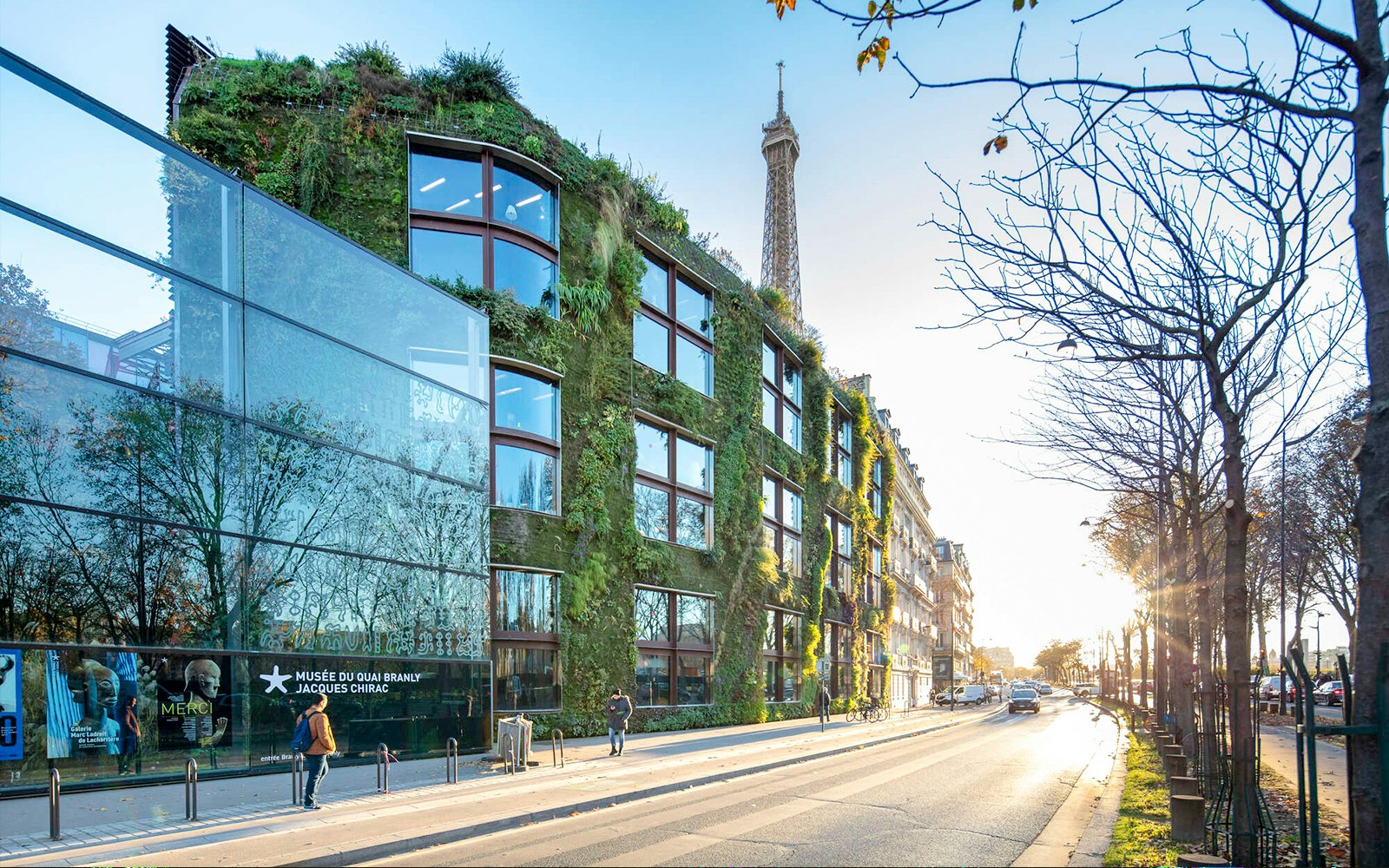
A short walk from the Eiffel Tower, the Musée du Quai Branly–Jacques Chirac focuses on non-European art and culture. Its vast collection includes artifacts from Africa, Asia, Oceania, and the Americas, offering visitors a global perspective on creativity and heritage.
The museum building, designed by architect Jean Nouvel, is as striking as its contents, with lush gardens surrounding it. Temporary exhibitions often highlight contemporary issues alongside traditional art.
More info on the official Quai Branly Museum website.
11. Private Splendor: Musée Jacquemart-André
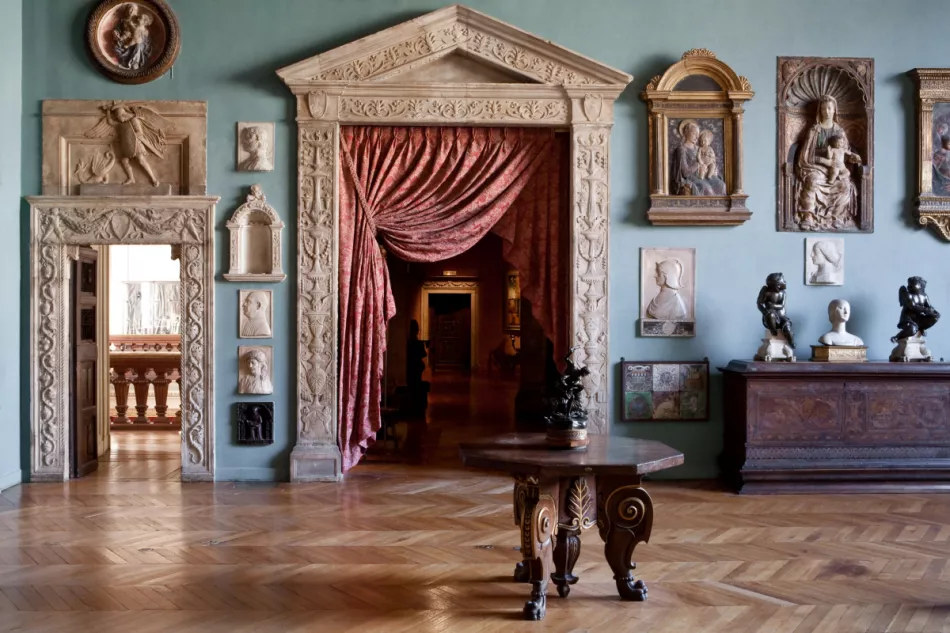
Step into the Belle Époque at the Musée Jacquemart-André, a lavish 19th-century mansion turned museum. The house itself, with its grand staircase and opulent interiors, is as much a masterpiece as the art collection it holds.
Paintings, sculptures, and decorative arts collected by Édouard André and Nélie Jacquemart give the museum a uniquely personal atmosphere, offering a glimpse into Parisian high society of the time.
Visit the official Jacquemart-André Museum website for details.
12. Paris History: Musée Carnavalet
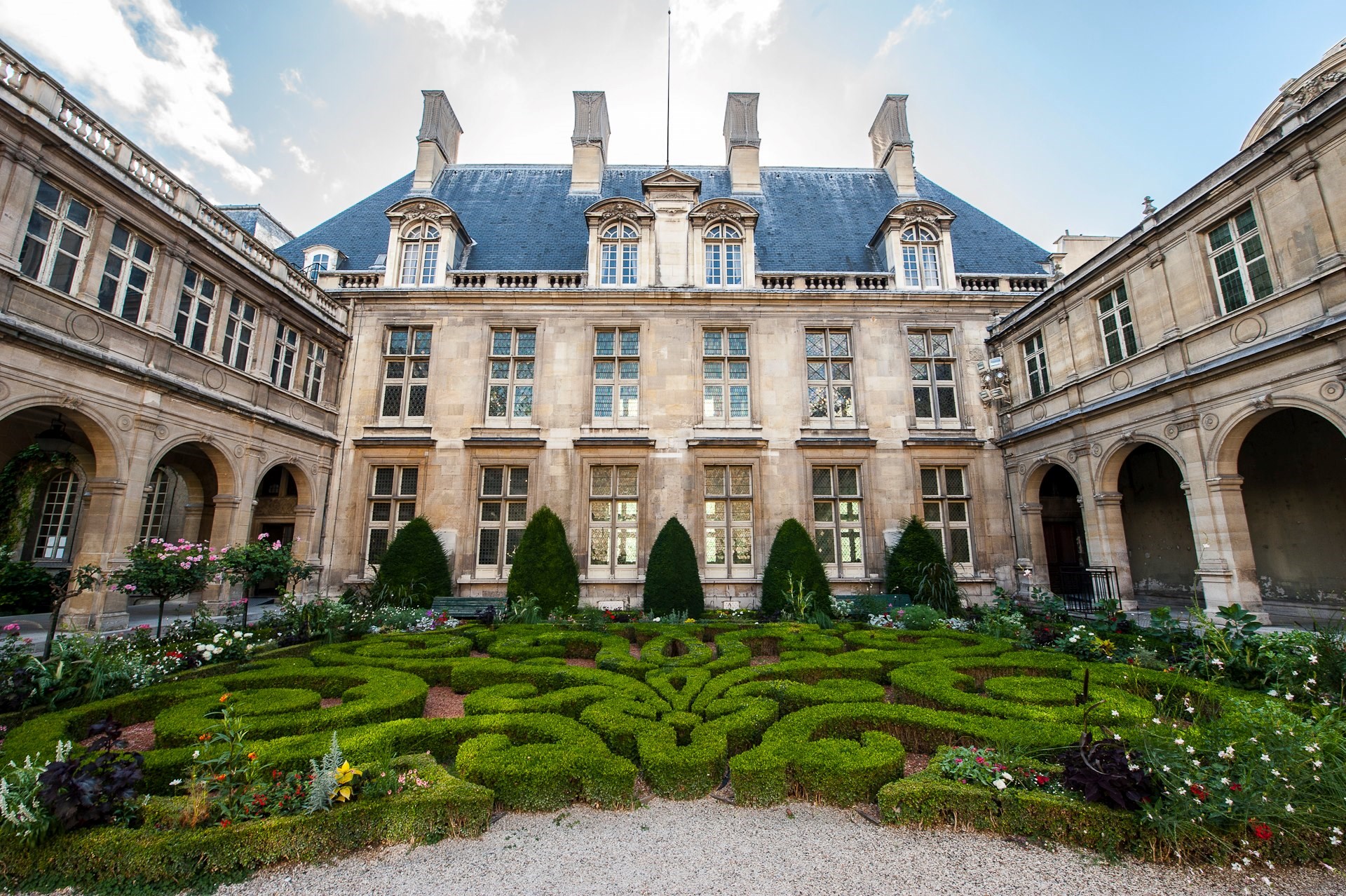
If you want to understand Paris itself, the Musée Carnavalet is the place. Dedicated entirely to the history of the city, its collections trace Paris from ancient times through the Revolution to modern life.
Exhibits include paintings, photographs, signs, furniture, and personal objects that bring the city’s past to life. Housed in two historic mansions in the Marais, the museum itself feels like a step back in time.
Admission is free. See the official Carnavalet Museum website.
Bonus: Musée de l’Armée at Les Invalides
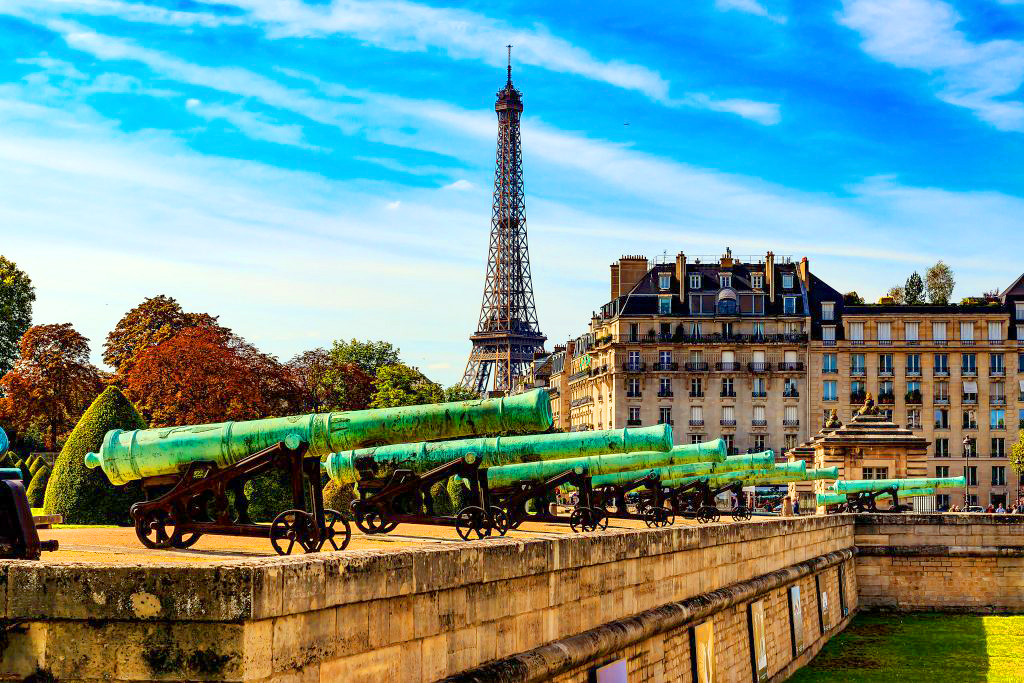
Located within the Hôtel des Invalides, the Musée de l’Armée is one of the world’s great military museums. Its vast collections span weapons, armor, uniforms, and military artifacts from ancient times to World War II.
The highlight for many visitors is Napoleon’s grand tomb, housed beneath the golden dome of the Invalides church — one of Paris’s most impressive monuments. The museum offers both military history enthusiasts and casual visitors a fascinating glimpse into France’s past.
Details are on the official Musée de l’Armée website.

